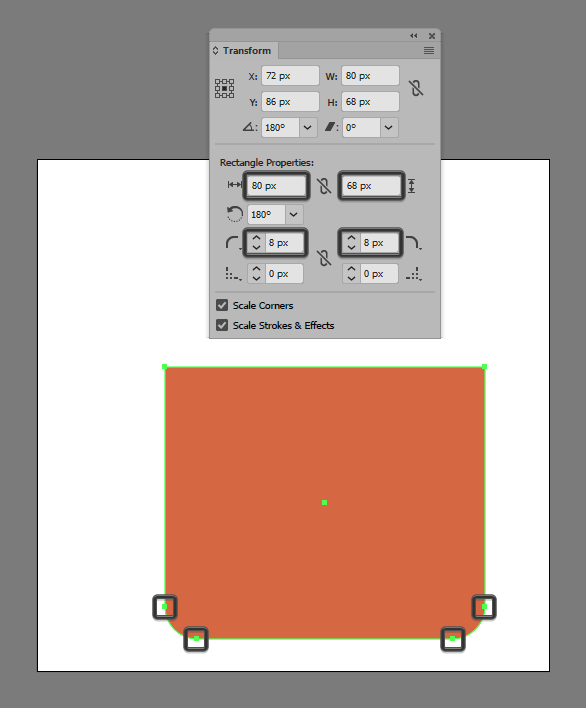

įor more information about this element, see the VML specification. There is no limitation on the levels of nesting.įor example, the following lines demonstrate a 3-level nested group. When a group is inside another group, it is called a "nested group". Inside a group, you can have as many shapes or groups as you want. You will see more examples in the Use Local Coordinate Space topic. Therefore, shapes within a group can be scaled and moved together. When shapes are grouped, they use the local coordinate space of the group. You’ll then see all of those shapes or objects within one border area. Alternatively, you can right-click, move your cursor to Grouping, and pick Group. For example, as shown in the following VML representation, you can easily group two shapes together. Go to the Layout tab and the Arrange section of the ribbon. In VML, you can use the element to group many shapes together so that they can be transformed as one unit. It would be better if you could group the shapes, and then set the attributes for the entire group. Plus you would raise your margin for errors. If you had many shapes that needed to be scaled, moved, or rotated together, you would find it tedious to set the attributes individually for each shape.
#Moving and grouping shapes together for mac how to#
In this section, we will explain the benefits of grouping shapes together, and how to group shapes. For information, recommendations, and guidance regarding the current version of Windows Internet Explorer, see Internet Explorer Developer Center.Īs you've learned, you can easily draw individual shapes by using VML. For more information, see Archived Content.

As a result, it is no longer actively maintained. As of December 2011, this topic has been archived.


 0 kommentar(er)
0 kommentar(er)
